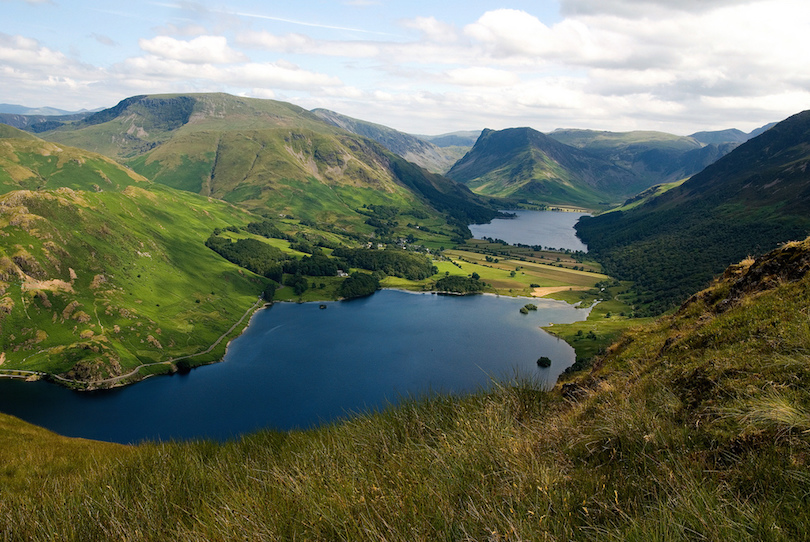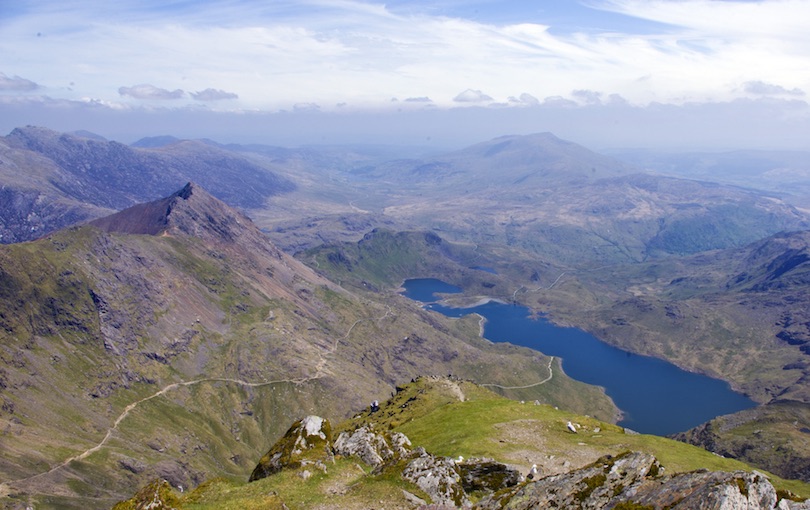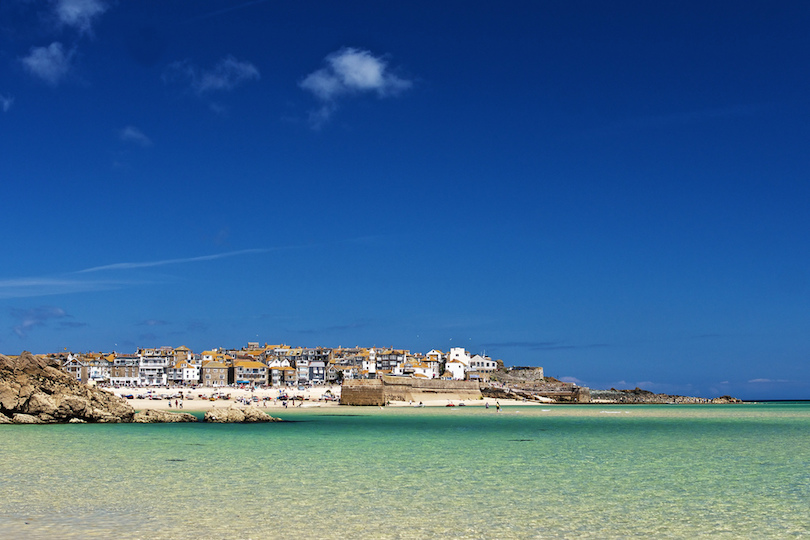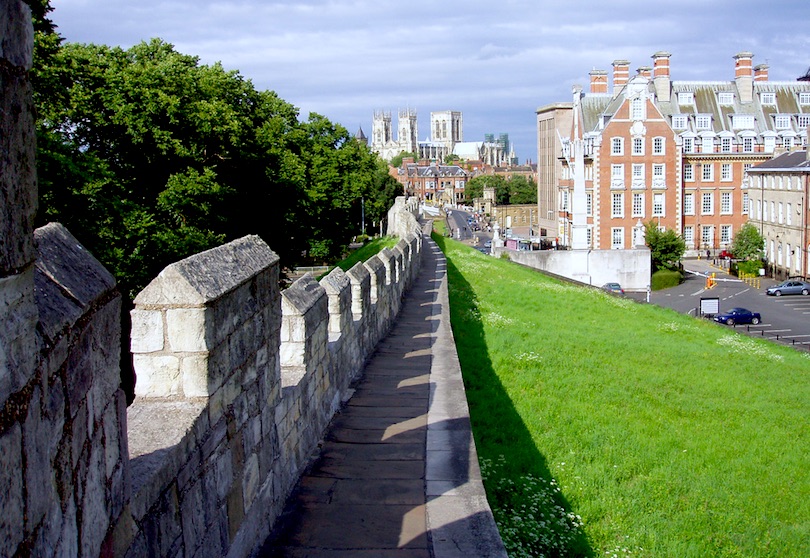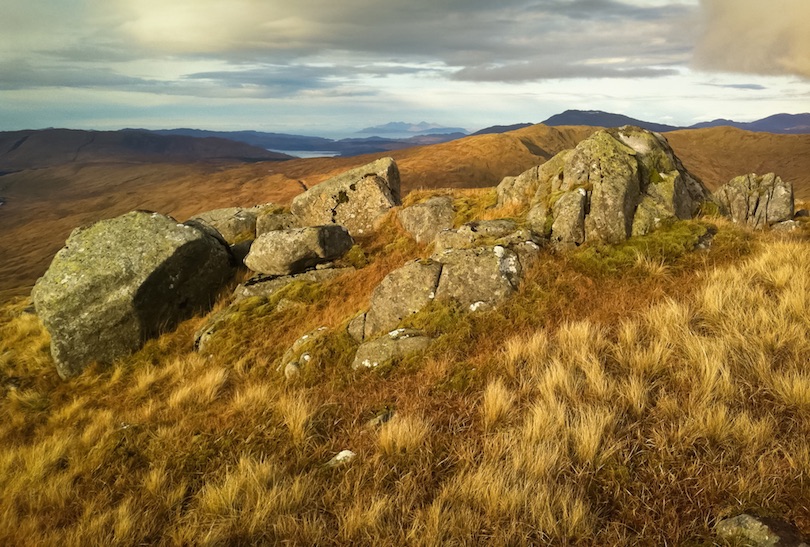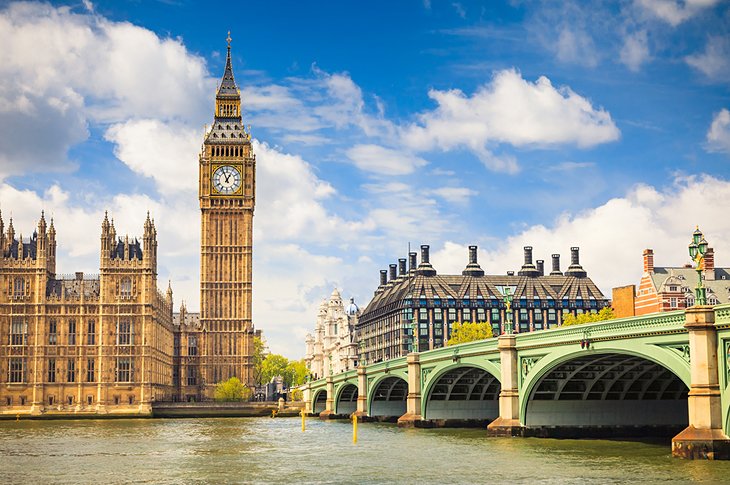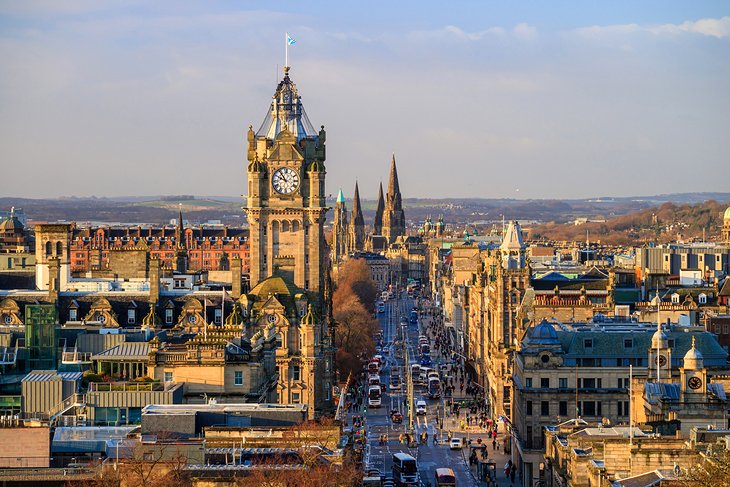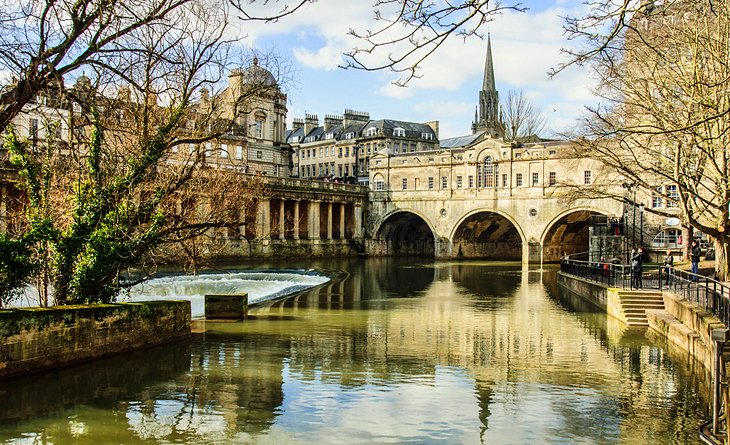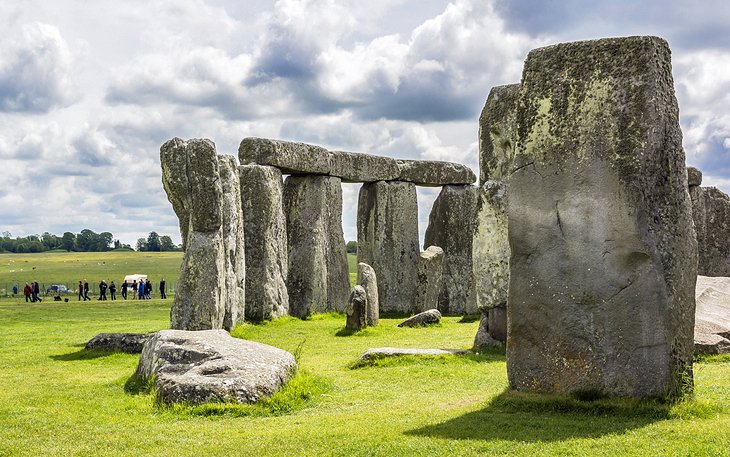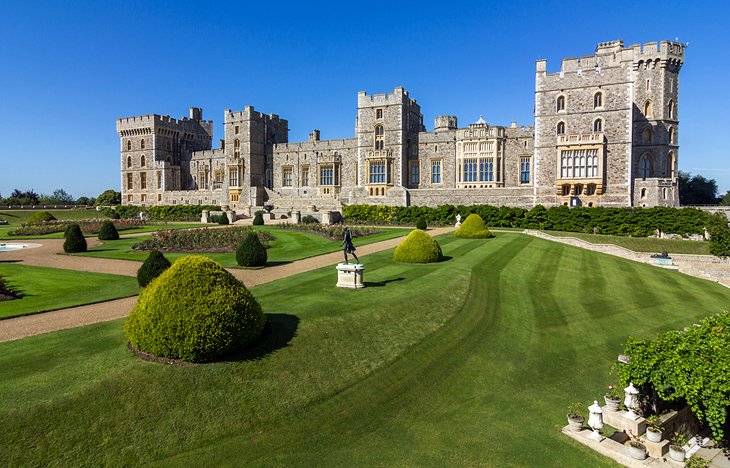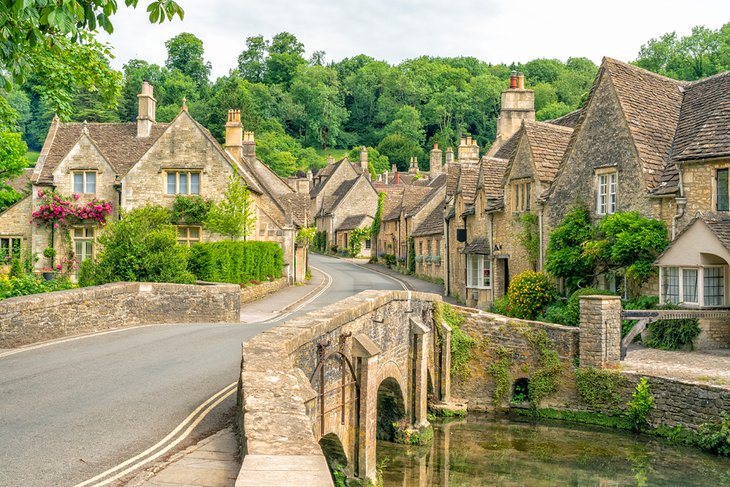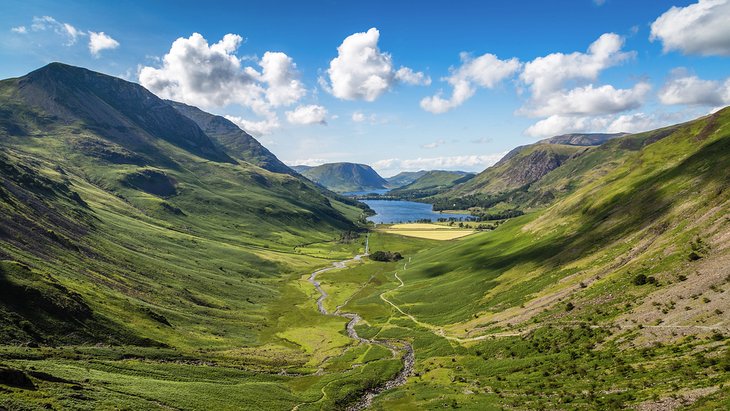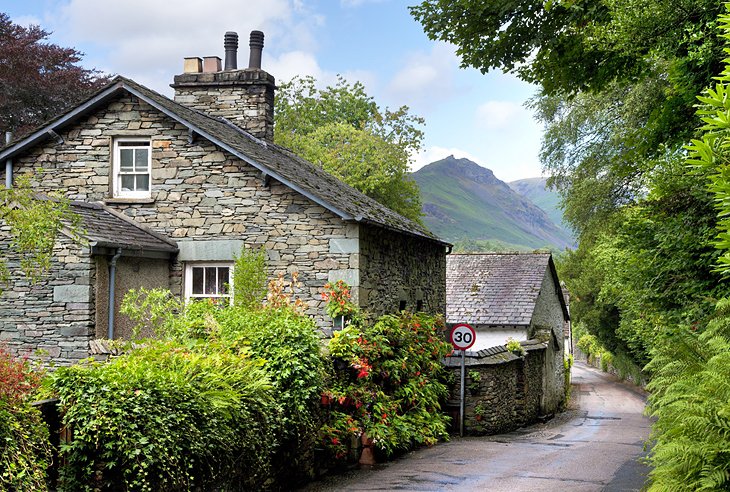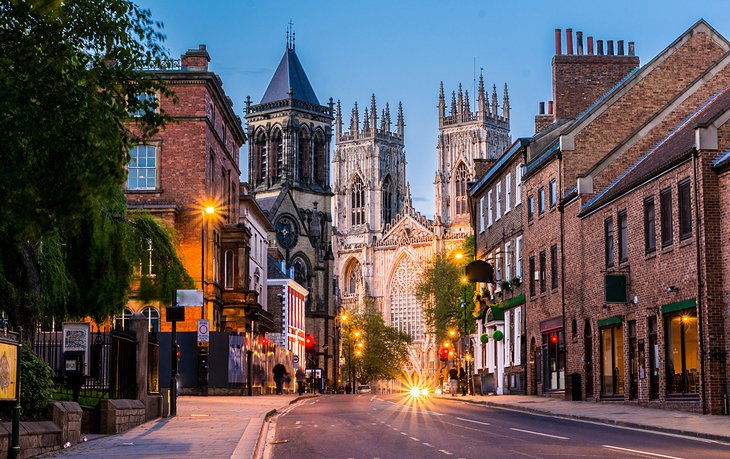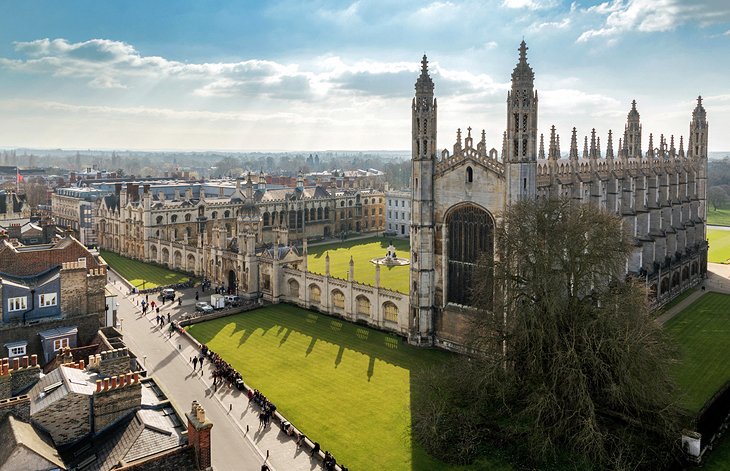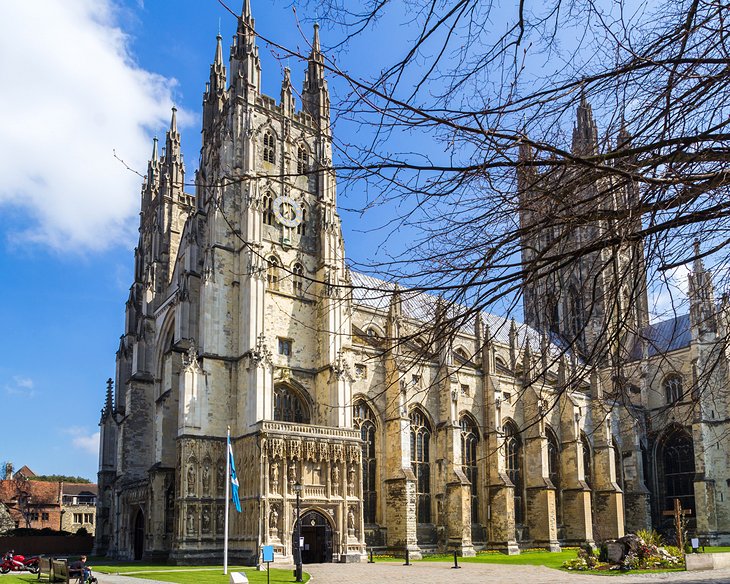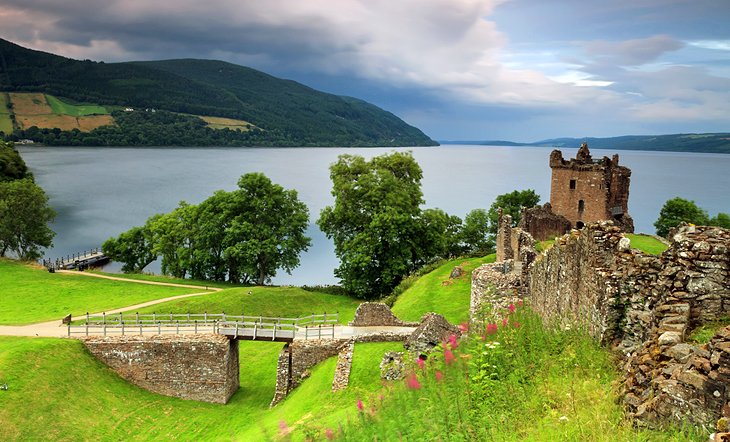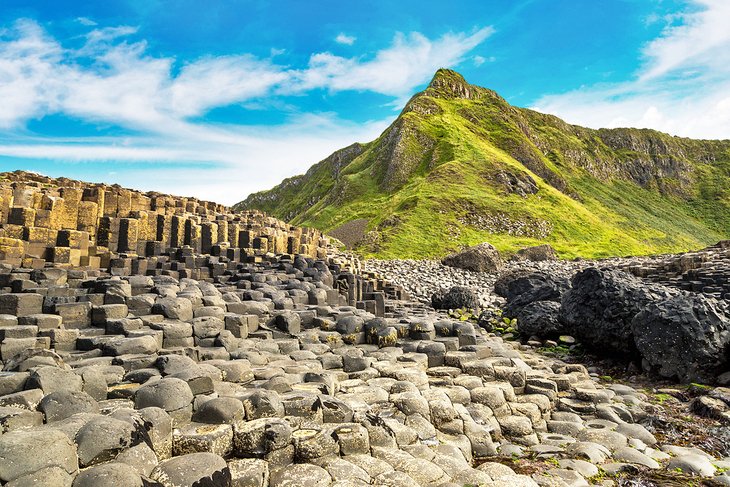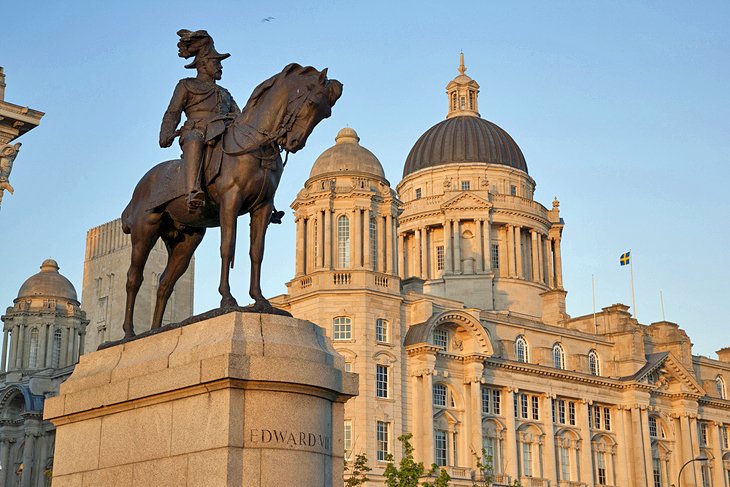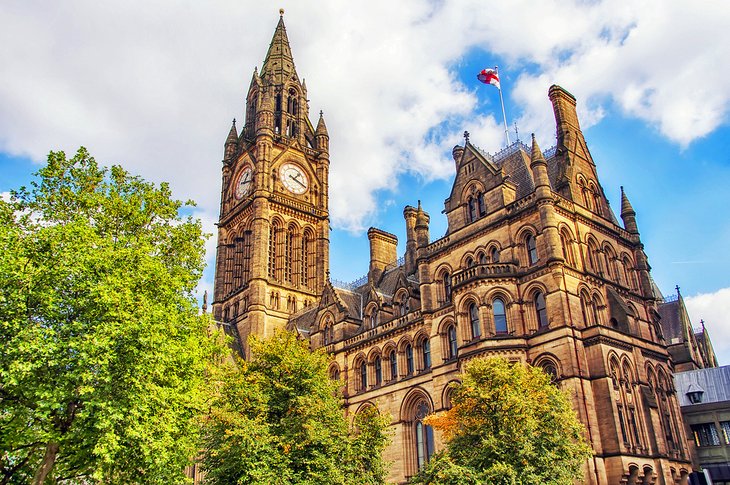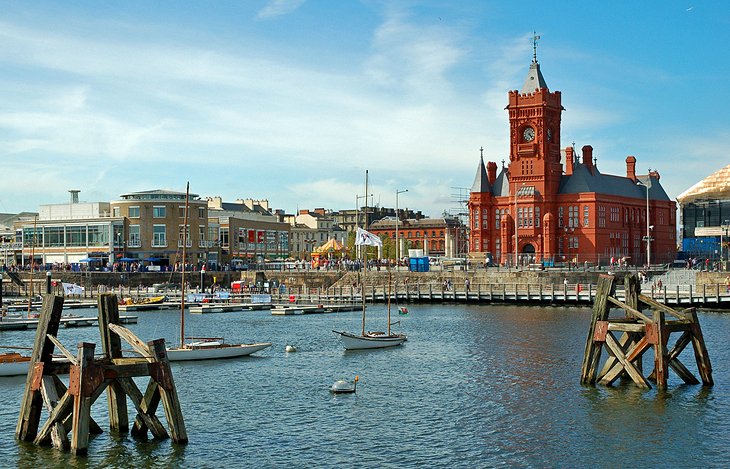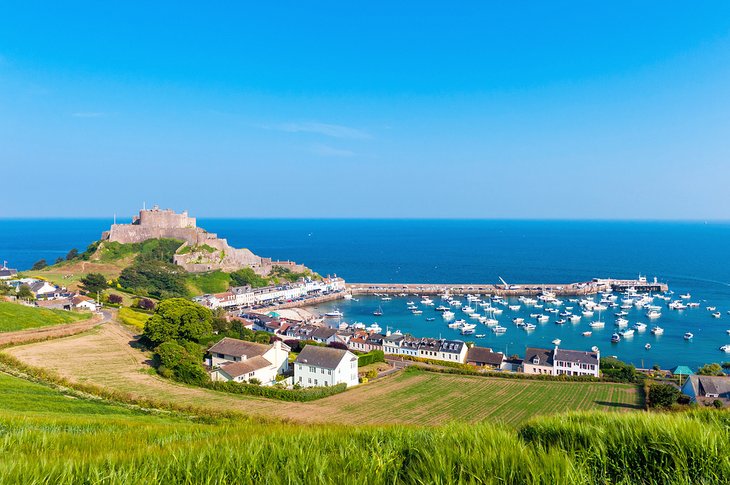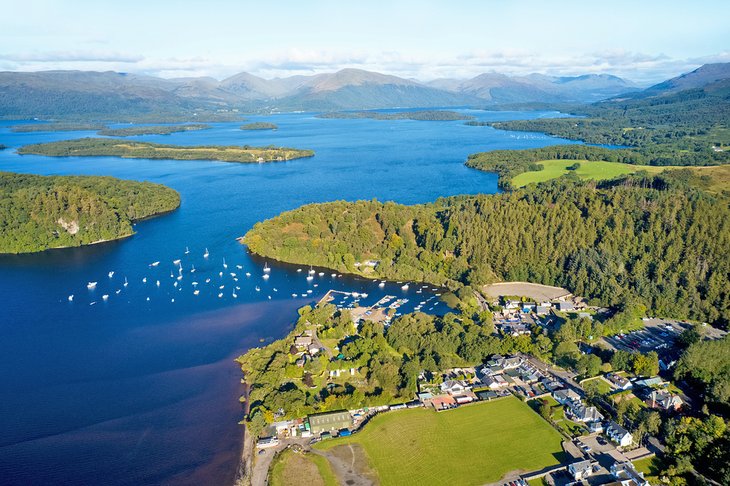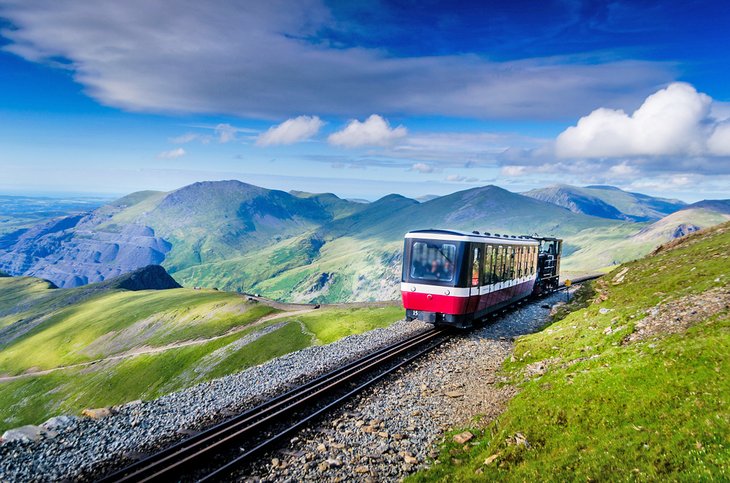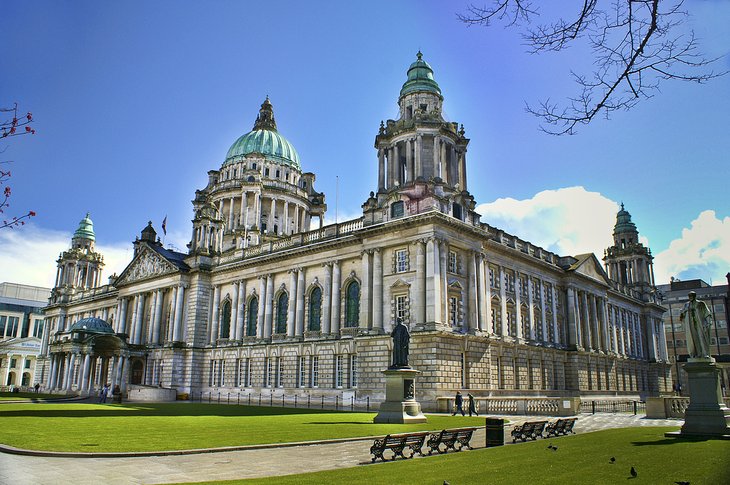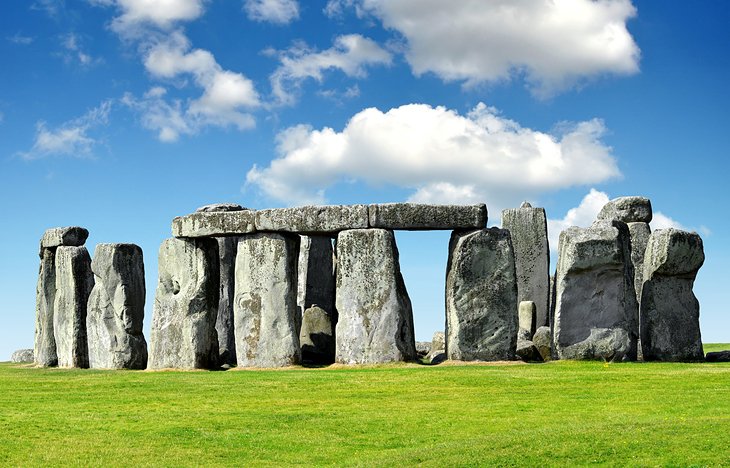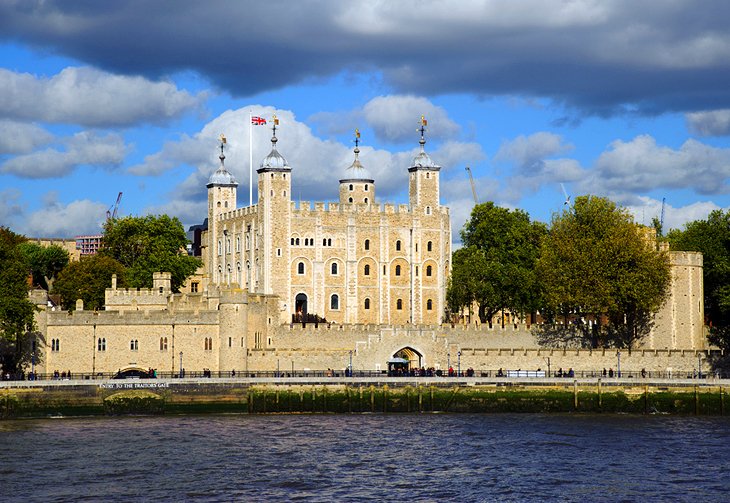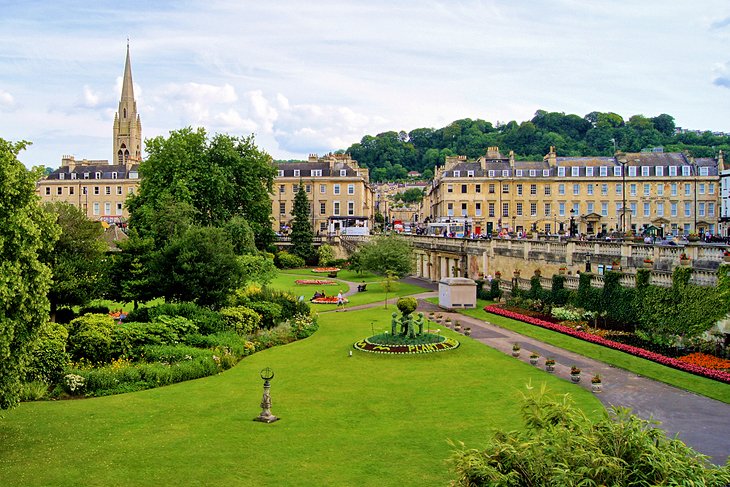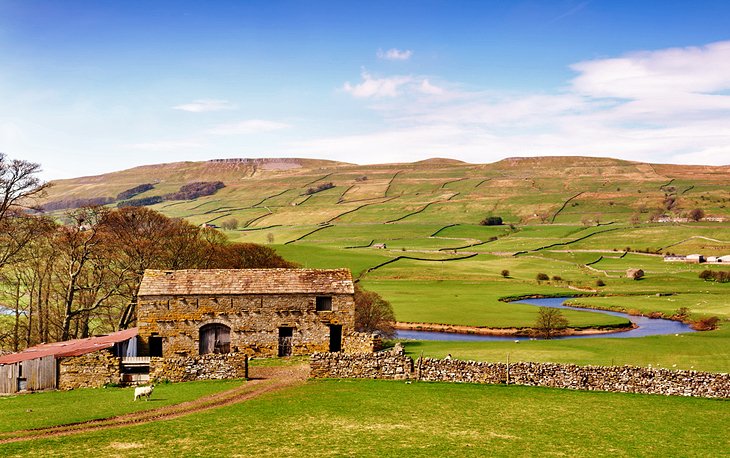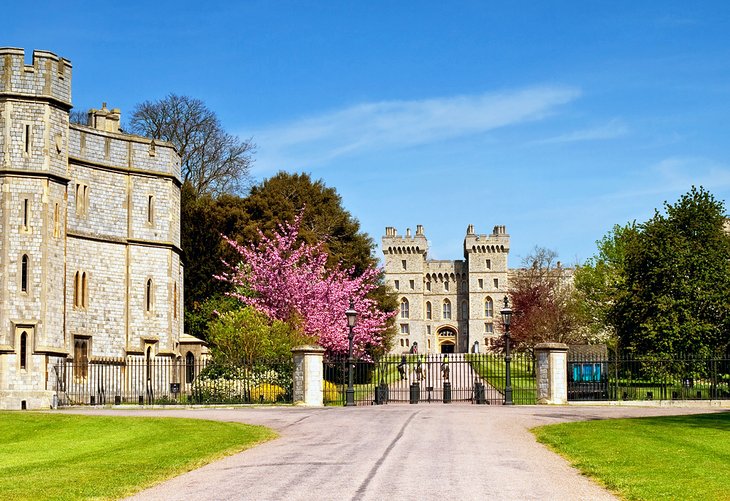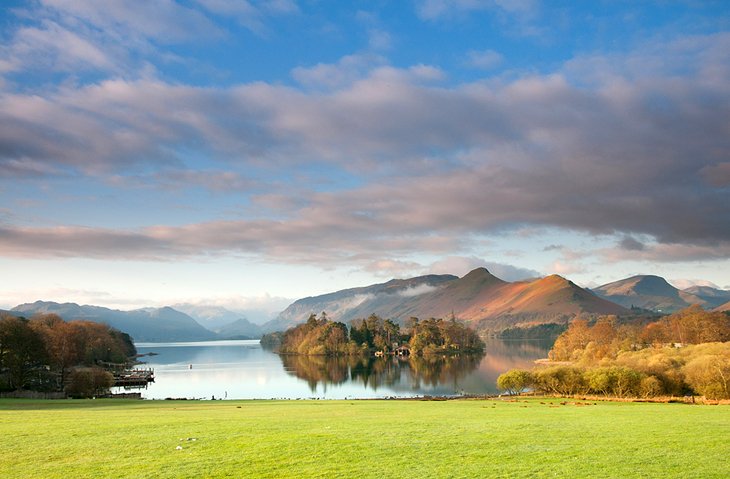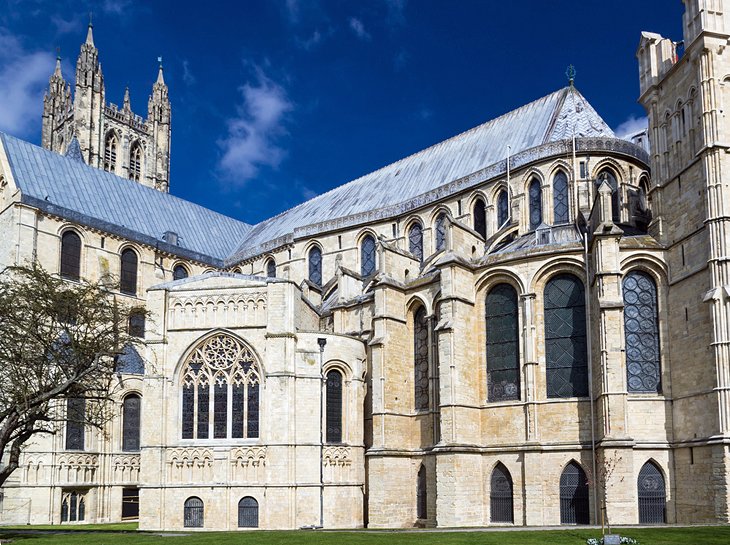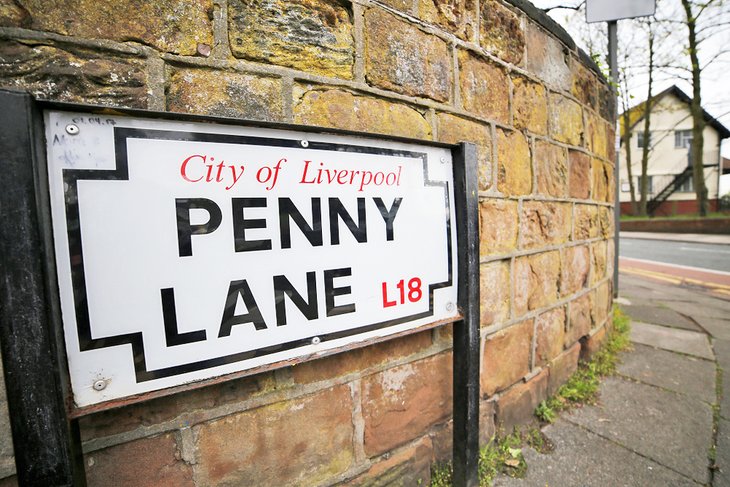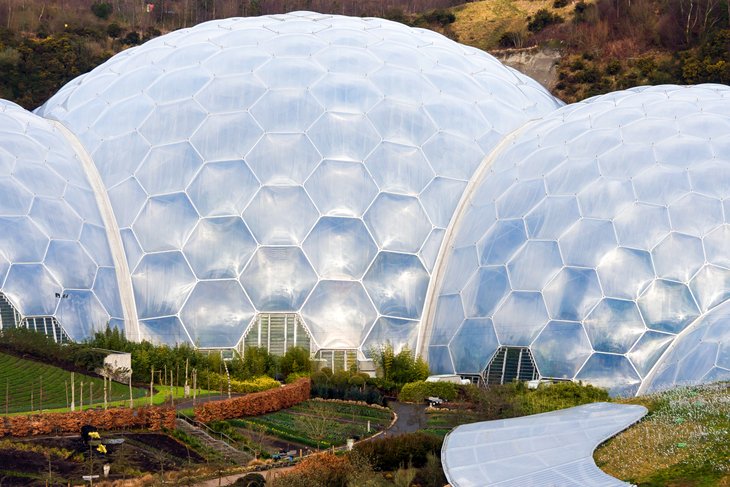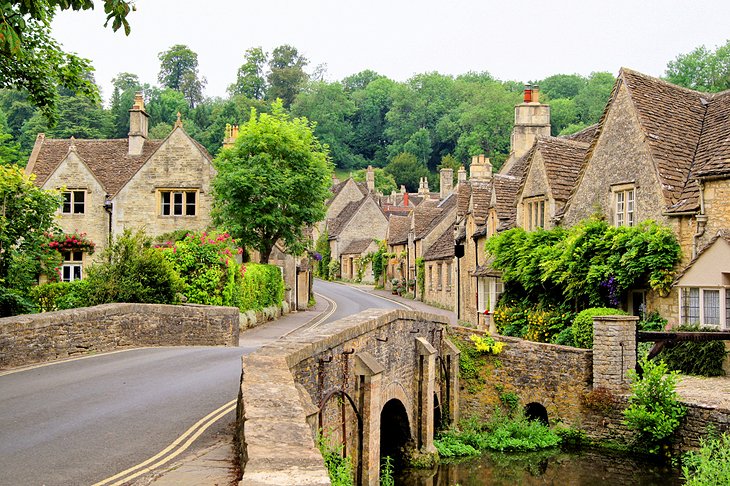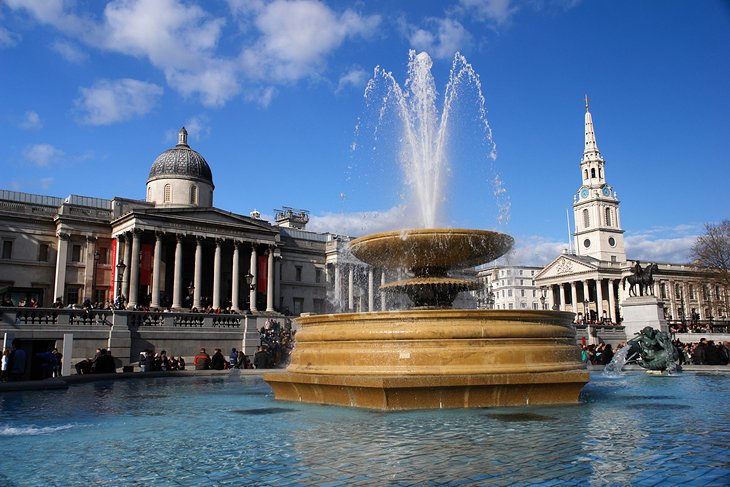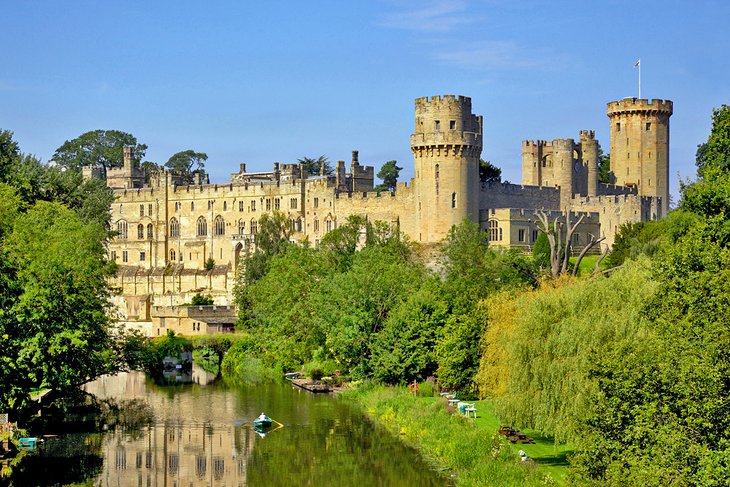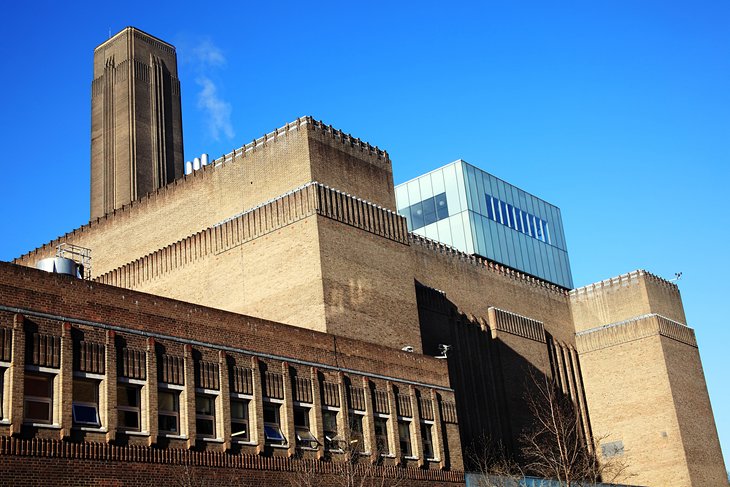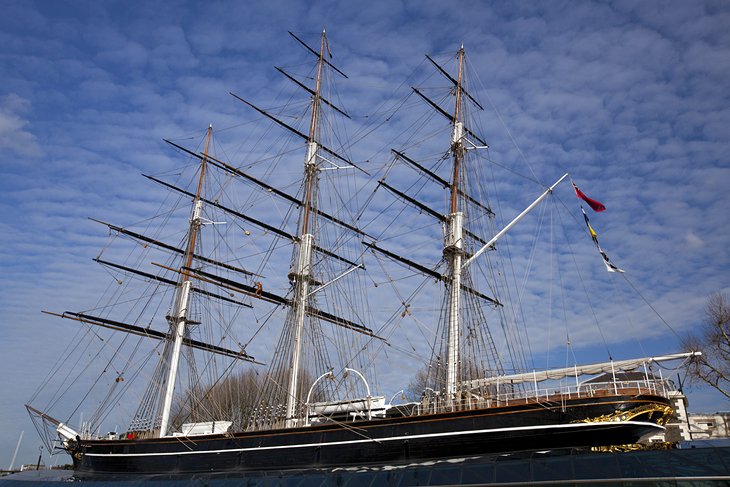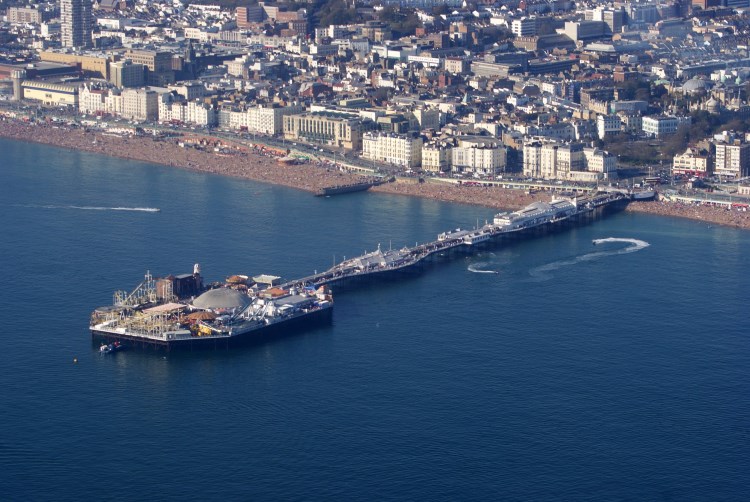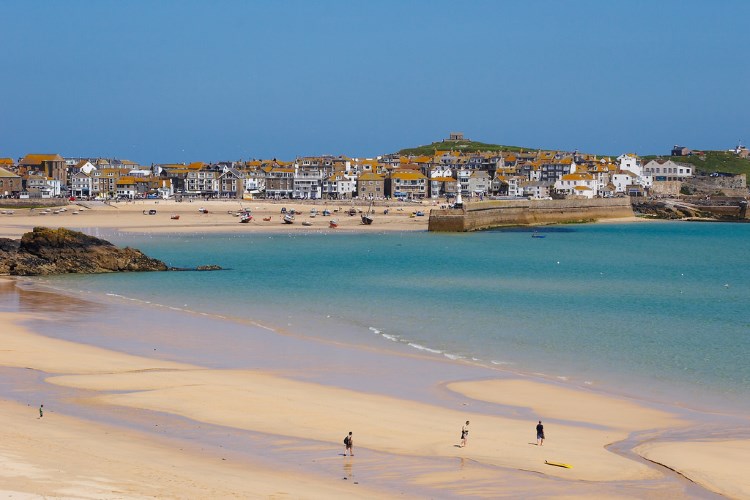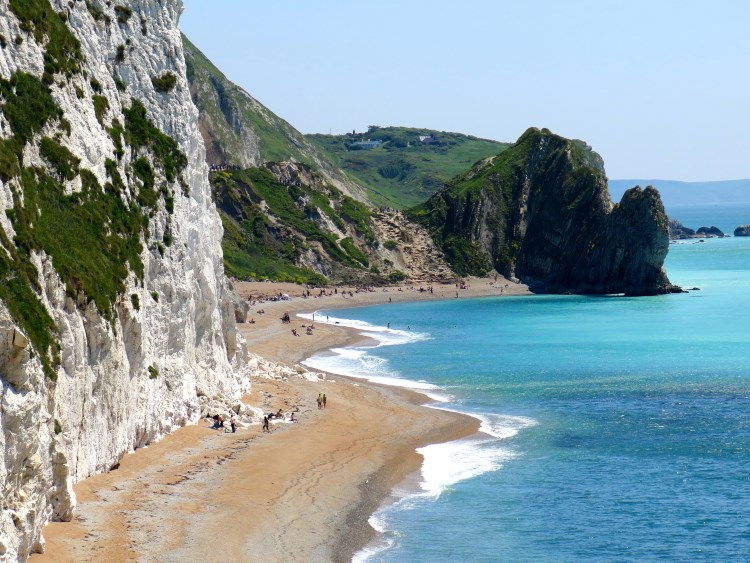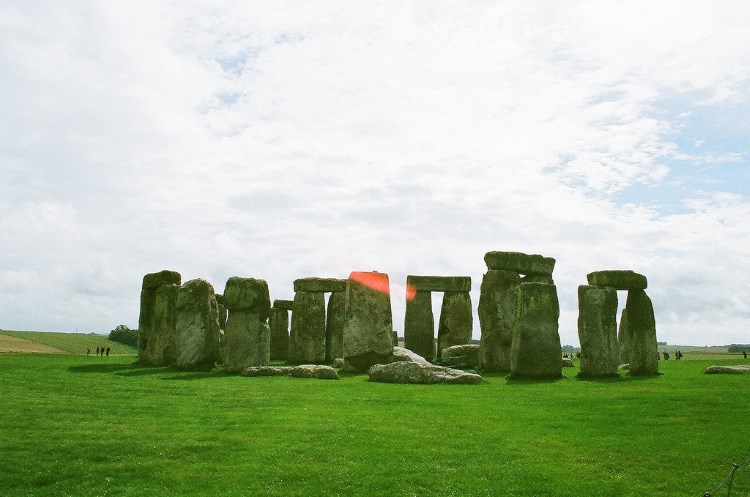10. Cambridge[SEE MAP]
Cambridge is a charming English city located on the River Cam just north of London. As the home to one of the world’s top universities, the University of Cambridge, it has all of the cultural and entertainment options you might expect from a college town.
Cambridge touts itself as a “city for all seasons”. There is no shortage of things to do even on the coldest winter day, and the options are seemingly unlimited when the warmer weather sets in.
The King’s College Chapel, situated along the River Cam, is considered a fine example of perpendicular Gothic architecture and is one of the most visited sights in the city. The Cambridge University Botanic Garden features 8,000 species of plants and flowers, a winter garden, mature trees and glasshouses. It has been drawing in visitors for more than 150 years.
Cambridge’s green surroundings provide the perfect backdrop for a number of outdoor activities. In addition to perennial favorites such as walking and cycling, the Cam River is a great place to try punting, which involves steering a flat-bottomed boat with a pole.
9. Lake District[SEE MAP]
Located in north west England in the county of Cumbria, the Lake District is the second largest National Park in the UK. The main attractions are the lakes, mountains and hills carved by glacial erosion and providing dramatic and inspiring scenery. It is England’s premier destination for hiking and climbing. Among the most popular places to visit in the United Kingdom, the park is visited by about 14 million tourists each year.
8. Snowdonia[SEE MAP]
Snowdonia is an awesome national park. There is simply no other way to describe the stunning 360-degree views of the mountains, valleys and coast below. On a clear day, visitors can even see Ireland. Located along the coast of Wales, Snowdonia is home to Snowdon, the highest mountain in Wales and England, and the largest lake in Wales. It is the third largest national park in the United Kingdom.
The national park is a dream come true for hikers and mountain bikers, but even couch potatoes can find walks suitable for them. Climbing Snowdon will challenge most hikers, but other trails can be walked comfortably by those wearing regular walking shoes. Snowdonia even offers a narrow-gauge railway for those who prefer to view stunning scenery in comfort.
Some 26,000 people live inside the park in quaint villages that offer food, accommodations and local handcrafts. The village of Llanberis is famous for slate, today boasting the national slate museum, while the National Centre for Welsh Music is located in Dongellau. Travelers whose bucket list includes castles won’t be disappointed, since Snowdonia is home to several noteworthy castles: Conwy Castle, built by Edward I, and Penrhyn Castle, built by the wealthy Lord Penrhyn in the 19th century.
7. Chester[SEE MAP]
Not far from the border with Wales, the city of Chester lies on the River Dee in Cheshire, England. The city is more than 2,000 years old, which means there is plenty of history, culture and architecture on hand spanning several eras. Distinctive 19th century black-and-white revival architecture can be found throughout the city.
The Roman and medieval walls encircling the city are a big tourist attraction. After their defensive function became unnecessary, they were converted into an elevated walkway around the city. A walk around the complete two-mile circuit takes about an hour, but most visitors will find plenty to stop and marvel at along the way.
The Chester Rows are walkways with a unique structure not found anywhere else in the world. These covered walkways that date back to the 13th century lead to two different levels of commercial properties. The walkways pass in front of the first floor shops and restaurants, and they offer access to the street-level establishments via steps.
River cruises are a popular way of enjoying the city’s unique atmosphere and remarkable sights. The ancient city can also be explored via walking tours. The city’s storied past provides plenty of fodder for ghost tours.
Chester is the perfect place to find markets and handcrafted items as well as colorful cafes and pubs. The area comes to life at Christmastime. The festive mood and decorations make it look like something straight out of a postcard. The award-winning Cheshire Zoo is a fun stop for visitors of all ages. It has more than 11,000 animals. The Chester Racecourse is the ideal venue to experience the thrill of horse racing.
The Cheshire Cathedral has plenty of architecture and art to admire, including woodcarvings, cloisters, Gothic columns, and spectacular stained glass. It is open daily and entrance is free.
The Cheshire Peak District is sure to make an impression on outdoor lovers. The area’s Gritstone Trail is a stunning walking trail split into three stages where visitors can enjoy the memorable sights of moorlands, peaks, and outcrops.
6. Cornwall[SEE MAP]
Cornwall is a study in contrasts. It is charming and quaint, yet rugged and isolated. Located in the westernmost point of the United Kingdom, Cornwall is a peninsula that offers rocky cliffs overlooking the sea on its northern side and golden sand beaches that are loved by tourists on the south.
Pirates and smugglers called Cornwall home in the days of yore. Surrounded by water, except for the boundary with Devonshire, Cornwall’s beaches were perfect for such activities, eventually leading to a romanticization of these activities in the Gilbert and Sullivan operetta, “The Pirates of Penzance”.
Cornwall also has a fairy tale quality about it. The children’s story, “Jack and the Beanstalk”, takes place here. The legendary King Arthur of Camelot fame supposedly was born in Tintagel Castle. Pixies or fairies are popular even today among Cornish folk.
St. Ives, once a sleepy fishing village north of Penzance, today is known as a popular holiday resort and haven for artists. St. Ives makes a good day trip from Penzance for visitors pressed for time. The village is filled with narrow cobblestone streets dotted with artists’ studios.
St. Michael Mount, the Cornish counterpart of Mont Saint-Michel in Normandy, sits on a tidal island 400 yards off the coast. This means folks who visit this landmark need to time their visit carefully, since the causeway to the island is open only from mid-tide to low water. The castle may have been a monastery a thousand years ago.
5. York[SEE MAP]
York is a walled city with a rich heritage located where the River Foss meets the River Ouse. An impressive number of attractions are packed into the space of this ancient city. York is just a two-hour train ride away from London.
Plenty of exciting sights compete for visitors’ attention as they stroll along the city’s cobblestone streets. One of the city’s landmarks is York Minster. This commanding stone cathedral is filled with remarkable works of art. Children are unlikely to be bored thanks to “explorer baskets” and other activities geared toward young people at the cathedral.
One of the more unique offerings in York is the JORVIK Viking Centre. This recreation of a Viking city captures the sights, sounds, and even the smells that existed a thousand years ago. The medieval Clifford’s Tower, which was built by William the Conqueror and rebuilt by Henry III in the 13th century, is a great vantage point for panoramic views around the city.
Yorkshire Museum is home to impressive collections of archaeology and geology. An authentic recreation of a Victorian street is one of the highlights of the Castle Museum. The Railway Museum is a free attraction that explores 300 years of rail history, including interactive displays that capture the attention of visitors young and old alike.
4. Edinburgh[SEE MAP]
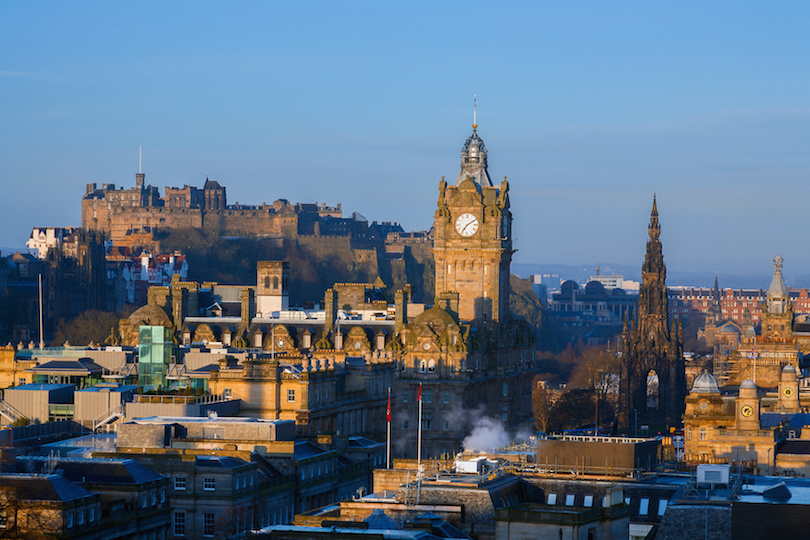
Visitors to Edinburgh need to be prepared to experience history, from the cobblestone streets to Edinburgh Castle that is symbolic of Scotland’s capital. Edinburgh is steeped in history, beginning with the Old and New Towns, which have more than 4,500 historic buildings and sites between them.
Edinburgh Castle, which sits high atop a hill overlooking the city, represents Old Town and its rich history. Old Town is home to Edinburgh’s most famous street, the Royal Mile that connects Edinburgh Castle with the Palace of Holyroodhouse. Walking the Royal Mile is where many people begin their visit to Edinburgh. After this trek, travelers may want to visit Grassmarket, a medieval market place where public executions once took place. The White Hart Inn, once frequented by Robert Burns, remains in business today.
New Town isn’t really new, since it dates back to the 18th century and is best known for its neoclassical architecture. New Town is where the city’s upper classes lived. Located here is the Scottish National Portrait Gallery containing faces of everyone from Mary, Queen of Scots to Sean Connery.
More than 200,000 people converge on the city every August for the Royal Edinburgh Military Tattoo, an event that showcases the best military bands in the world. The city also boasts a number of other cultural events, including the Edinburgh International Festival, its signature summer festival; the Leith Festival, a traditional arts festival, and the Festival Fringe, the largest arts festival in the world.
3. Stonehenge[SEE MAP]
One of the most famous sites in the world, Stonehenge is composed of earthworks surrounding a circular setting of large standing stones in south west England. It is also home to some of the most important Neolithic and Bronze Age finds and structures in the UK, and contains some 200 scheduled monuments.
Stonehenge was built in three stages. The first stage, built in approximately 3100 B.C, was the original Henge. It consisted of a circular ditch, an earthen bank and Aubrey holes. Aubrey holes are circular pits in the chalk layer of the earth that are about one meter wide. Experts believe that the pits were used in religious ceremonies or for burials. The site was abandoned not long after the completion of this first stage, and it was not used for more than 1000 years.
Archaeologists view the second building stage of Stonehenge as the most dramatic. Construction began in approximately 2150 B.C. Builders transported 82 bluestones, some weighing 4 tons, to the site. It is believed that transporting these stones involved the use of rollers on the land as well as rafts in the rivers when necessary. This route covered 370 km (240 miles). When set up, these stones formed an incomplete double circle at the center of the site.
The third building stage started approximately 2000 B.C. It involved bringing Sarsen stones, which were very large stones, from about 40 km (25 miles) north of Stonehenge to the site. The largest of these stones weighed nearly 50 tons, and they were most likely moved by using sledges and ropes. Archaeologists estimate that it took 600 men to pull one stone, with 500 pulling the sledge and 100 putting rollers under the sledge.
The builders placed the stones in an outer circle supported by lintels. On the inside of the circle, there were five trilithons. A trilithon consists of two tall, upright stones supporting a horizontal stone across the top. These five groupings were arranged in a horseshoe shape that is still visible today.
With no records to explain the reason why it was created, Stonehenge is a mystery. Some feel it was a healing place while others believe it was a burial site. Some believe that it was a solar calendar while others feel that it was a sacred ritual area.
2. Scottish Highlands[SEE MAP]
The Scottish Highlands is the rugged northern and northwestern portion of Scotland. This is the Scotland conjured up by visions of tartan, kilts, lochs and Braveheart. The area is very sparsely populated, with many mountain ranges dominating the region, and includes the highest mountain in Britain, Ben Nevis.
The Highlands are home to many stunning castles including Dunrobin Castle and Eilean Donan Castle, a real picture postcard castle, situated on its own small island in Loch Duich. Only reachable by crossing a stone bridge it was remodeled several times into an ‘ideal’ castle and is well worth a visit, with some interesting rooms and exhibits. Scotland’s most famous lake, Loch Ness can also be found in the Highlands. About a mile wide at most places it is the purported home of the Loch Ness monster, a possibly mythical creature, which dwells in the Loch and is occasionally spotted by locals and passers-by.
1. London[SEE MAP]

London is a fascinating city laden with history, filled with museums and art galleries, beautiful green parks, fantastic shopping and dining, a vibrant theater scene, and, of course, royalty. London is truly a city that has it all.
The English capital is a city that is steeped in history, from its museums and palaces to historic buildings such as Westminster Abbey, the final resting place for many of the country’s greatest individuals, from writers to statesmen to royalty. London is home to some of the most famous museums in the world: the British Museum, the Natural History Museum and the Tate Gallery, all of which offer free admission. The changing of the guard at Buckingham Palace is a not-to-be-missed experience, as is watching the minutes tick away at Big Ben, probably the world’s most famous clock.
Some of the best performances in the world can be found in London, with its lively theater scene. Concerts abound, beginning with an evensong service at St. Paul’s Cathedral, a church that is just as famous for the wedding of Lady Diana Spencer to Prince Charles as it is for being a great example of Christopher Wren’s architecture. Travelers with an interest in other royal wives may want to visit the Tower of London where Anne Boleyn, second wife of Henry VIII, was beheaded. Another London must is riding a double-decker bus across Tower Bridge over the Thames River.
Shoppers will enjoy Oxford Street and Knightsbridge, home to Harrods’s, one of the world’s most famous department stores. When it’s time for a break, have a pint at a traditional English pub while deciding what ethnic cuisine to eat that night.

